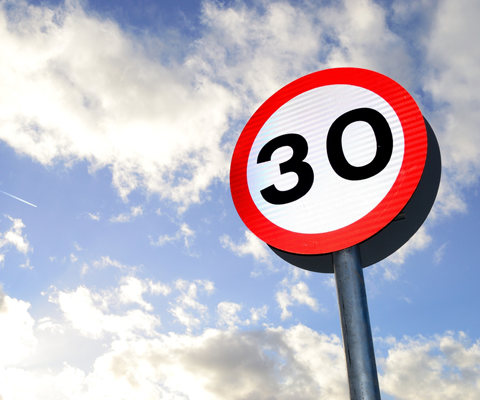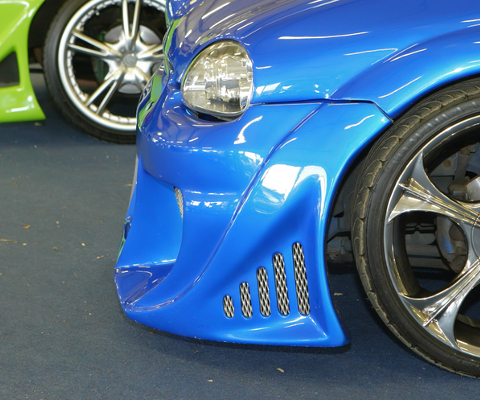
5 things all drivers should do to prepare their cars for winter
We have such unpredictable weather in Britain that many of us are unprepared when unexpected cold snaps hit during the winter months.
There are some basic things we can all do to prepare our cars for winter, which won’t break the bank:
-
Get the right gear
Here’s a list of things you might want to have in the car during the winter months:
- Topped up screenwash fluid
- Ice scraper and de-icer
- Anti-freeze
- Blankets - to keep warm if you get stuck
- Waterproof clothes and winter boots - in case you need to push or dig the car out
- Reflective warning sign and a high-vis jacket
- Sunglasses - the low winter sun can be dazzling
- Road map and torch - you never know when you might be forced to go old school!
- In-car phone charger
-
Think about the battery
Get your battery checked at places like Halfords and Kwik-Fit. It takes 5 minutes and you might even find there's no charge!
The systems you need most in the winter - lights, wipers and heaters - put a lot of strain on the battery and they can discharge fast in the cold.
Car batteries only last around 5 years so if it’s been a while since you’ve had yours changed, this may be worth considering before it causes problems.
Otherwise, make sure all electrical systems on the car - lights, heated windscreen, heater fans - are off before you start the engine to avoid loading the battery unnecessarily.
Let's face it: there’s nothing worse than a flat battery on a freezing day!
-
Put antifreeze in the cooling system
Most cars have water pumped around the engine to keep it cool. During the winter months, the water can start to freeze which will seize the water-pump and can cause engine damage. To avoid this, make sure you have antifreeze liquid in your cooling system.
There are different types so check your car’s handbook to be sure of the right one, or have a mechanic at the garage do it. Most new cars come with long-life antifreeze already in the system. This is also something that should have been checked and topped up during a car service, but it's always worth double checking.
-
Check your tyres
They are what connects you to the road and you’ll never need them more than when you're driving in icy or greasy and cold conditions.
Remember: Don't rely on the legal minimum tread depth - you'll need at least 3mm left on the tyres to be safe on winter roads.
If you can, fitting a whole new set of winter tyres or all season tyres during the colder months will make a massive difference to grip and performance.
Snow chains are an extreme measure but they will allow your car to drive over even thick snow - these are worth considering, especially if you live in a rural area. A cheaper alternative is to carry ‘snow socks’, which slip over the tyres and can be used to help a car stuck in the snow gain traction and drive out.
-
Give yourself time to prepare the car
Top tip: If you find your ignition lock is frozen in the cold, warm up your key to help get it unstuck.
With all the deicing and demisting you might need to do during the winter months you'll probably need to factor in an extra 10 minutes to get your car ready before you set off.
If you’re following the satnav on a snowy day, it may be worth adjusting the settings to keep you on major roads as these are usually kept clear and gritted.
Updated: 22nd Oct 2018.












